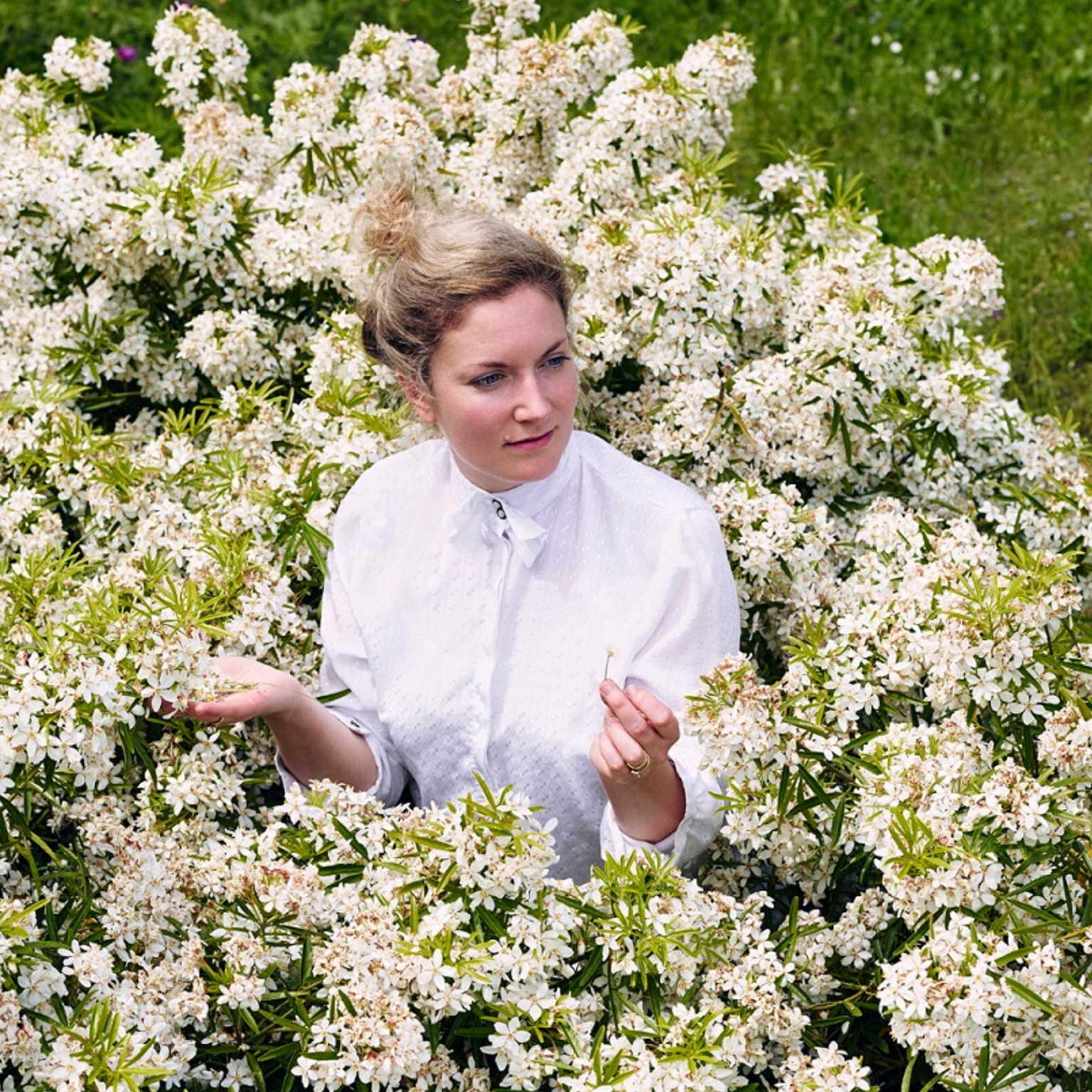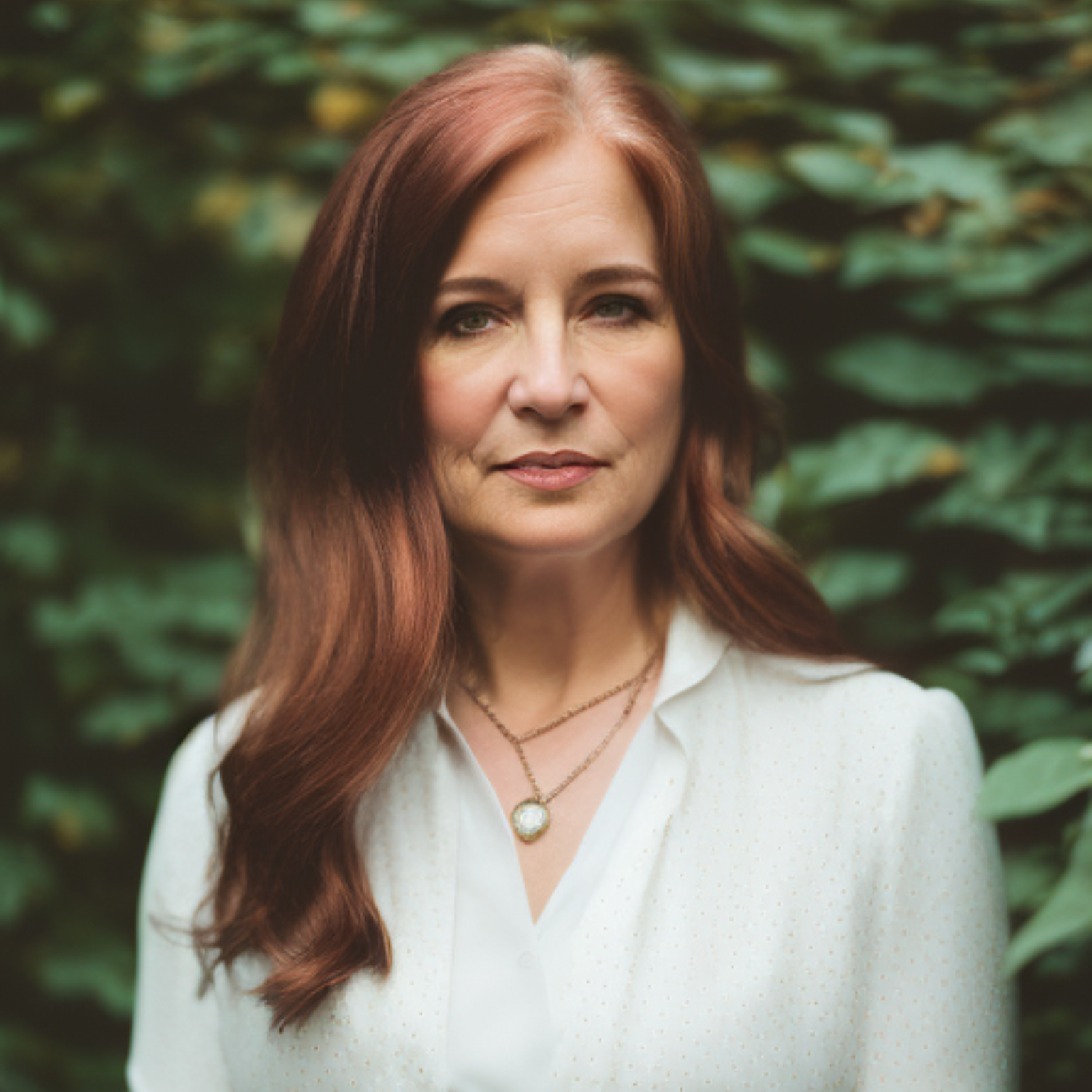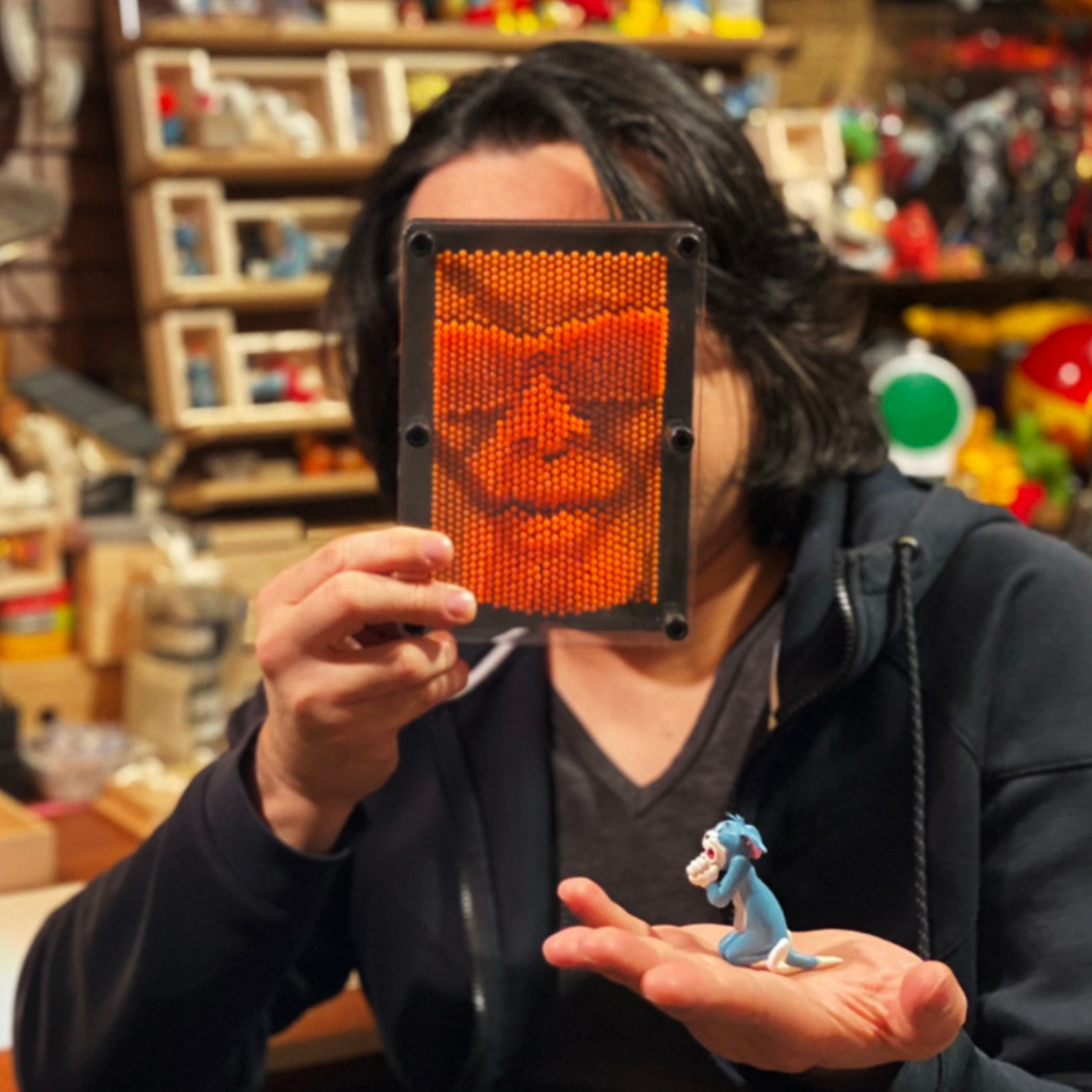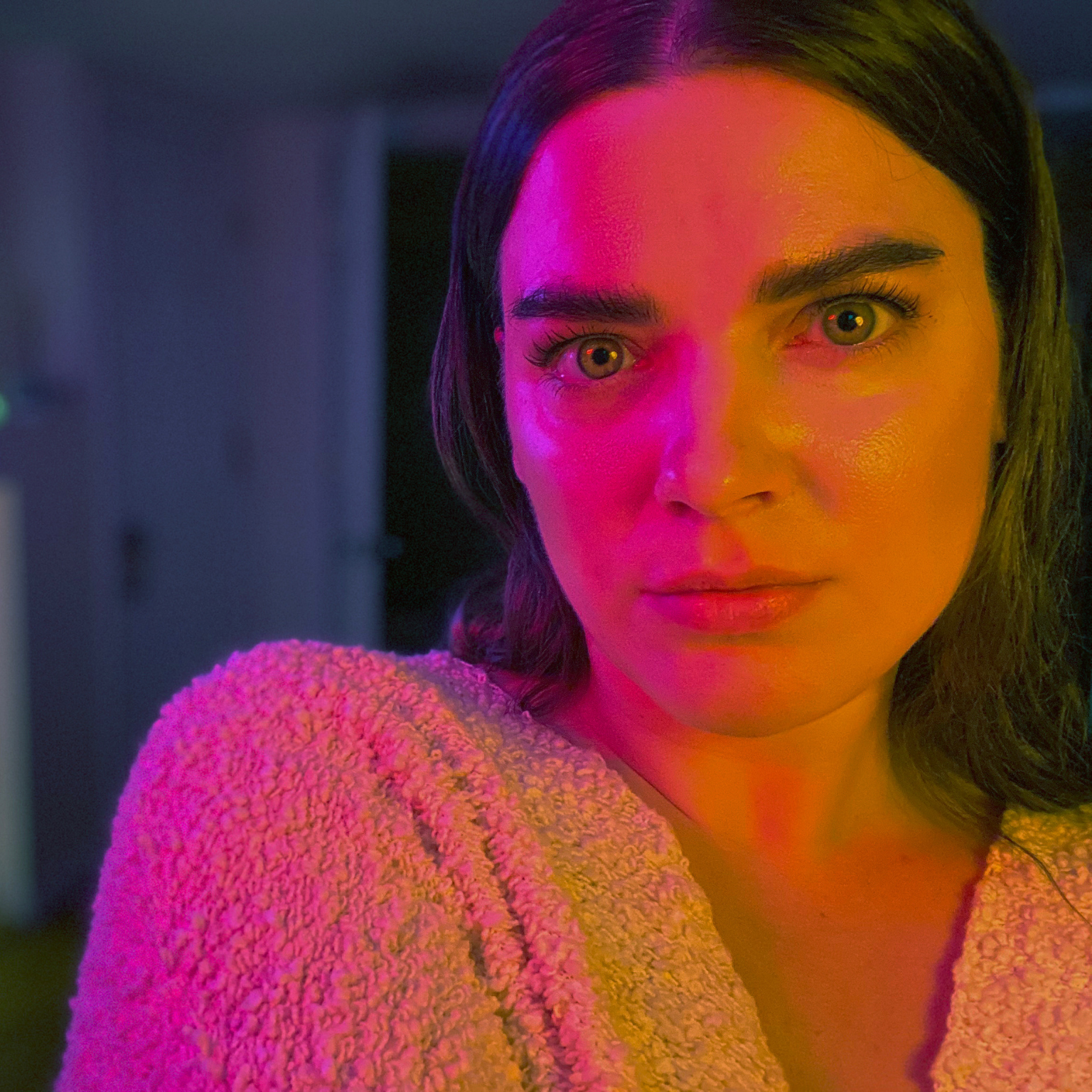Rebecca Louise Law is an installation artist from the United Kingdom. Photography © Fabio Affuso
1.In your opinion what is the role of a museum?
The role of a museum is to create a place to muse, we often forget to take time to think and I believe this is essential for a healthy mind in humankind.
2.What are your favorite museums in the world? Why?
I love the Metropolitian Museum in New York, it always feels like a treasure to find after walking through central park. I’ve been to New York in extreme weather, scorching sun in the summer and heavy snow in the winter, both times ‘The Met’ has felt like a haven for the weary soul.
I also love small museums like the Skovgaard Museum and Nivaagaard Museum in Denmark, they are so beautifully unexpected. Of course The Garden Museum in London will always be close to my heart, a resting place for nature and the Toledo Museum of Art for it’s incredibly embracing community. Both of these places will always have a part of me.
I’m currently working on an exhibition for the Cummer Museum in Florida, I’m really excited about the space, this will be my largest artwork to date and they have already been such a wonderful team to work with.
3.How important are social networks in your business? And which platform do you prefer and why.
I have struggled with social media from the beginning. I was bullied into Facebook by friends, then always exposing too much. Twitter I was never confident enough with words. LinkedIn I just never felt the need to network my art as a business. Instagram I felt too much pressure with one image.
With all social media comes the need to please the viewer and design a profile for yourself, over the years I’ve found this toxic, the obsession with self. I’ve unsuccessfully tried to create boundaries. Funnily enough this week I woke up at 5am thinking I need to leave Facebook, I had become addicted to social response.
Due to covid-19 I’ve been in isolation for over 3 months and Facebook was unhealthily becoming by main community. I’ve now deleted the icon from my phone, I can only access it online and hopefully less frequently. I recently read that people that leave social media apps are 40% happier within 4 days. However with such negativity comes positivity, I’ve never abandoned any of these means of communication and with each platform I try and navigate them as best I can.
If my art is intended for everyone then I need to be accessible. Instagram has become my portfolio, with one image being sent out as I create each large scale installation.
I’m currently working on an exhibition at Compton Verney Art Gallery in the UK for February 2021 and it’s the first time that I have included a social media platform with a show. I have committed to sending out one short video per day for a year on Instagram. A digital nature diary. At first I hesitated at such a commitment, but observing nature daily has become a positive process for my art practice and I like sharing it.
4.In particular, due to the coronavirus emergency, how have you changed your business on social networks?
I don’t think I would have committed to a daily digital diary as easily. I definitely felt a need to bring nature to my viewer, wherever they were.
5.To create greater engagement among museums, artists and professionals, do you have any advice for cultural projects such as #MuseumWeek?
We are in a time of the hyper individual and an image based economy, desperately searching for utopia when we are apparently sitting in it. Now is the time to remember what we need as human beings. Community engagement is always top of my list, enabling any person to participate in art and belong to the process.
Art is often led by intimidating intelligence in intimidating wealth and intimidating architecture. When you look at the history of an art institution, most often the donors or patron would have had a heart to create a place for the community. The mobile phone brings everything to the home (a worldwide community) but zero self worth to the heart, I’ve found that people are less committed to doing something unless they are already involved in a group.
The most rewarding artworks that I have made have always been the artworks that engage with every community group possible that is affiliated with the institution. Bringing all walks of life together to sit down and make something with their hands is rewarding for everyone. I believe that institutions can make art engagement proactive and less intimidating through community led art.
I am personally passionate about the viewer experiencing nature on a physical level and I will always need a place to bring the viewer to. I understand that there are many people that do not want to engage or make art, they love to visit an artwork in silence without interruption and I agree, once an artwork is made it needs to breathe and ‘be’.
However, the process of making art is much more positive if you can share it. It does need very good organisation and staff to manage timetables and individual needs, but when organised properly and if the artist is willing to share a part of the process, I believe that this can be where we can grow and learn together.
I’ve recently been looking into how to have a larger world perspective of nature and I think if we use social platforms and digital links positively art can have a more realistic voice that can speak to the world. I love the idea of anyone having a voice and opportunity to be listened to within an art institution.
Interview by Fabio Pariante, journalist
MORE
Rebecca Louise Law on social networks: Instagram − Facebook − Twitter
Rebecca Louise Law (Cambridge, 1980) is an English artist who studied Fine Arts at Newcastle University in England. Her larger-than-life floral installations and site-specific sculptures are designed and built to evolve during the period of their exhibition with the aim of offering a new concept of “beauty”.
The search for her production is the relationship between humanity, nature and space. Law has lived since childhood in the countryside and for this reason her goal is to bring nature to the buildings of cities all over the world, as she is already doing with her colossal floral sculptures.



